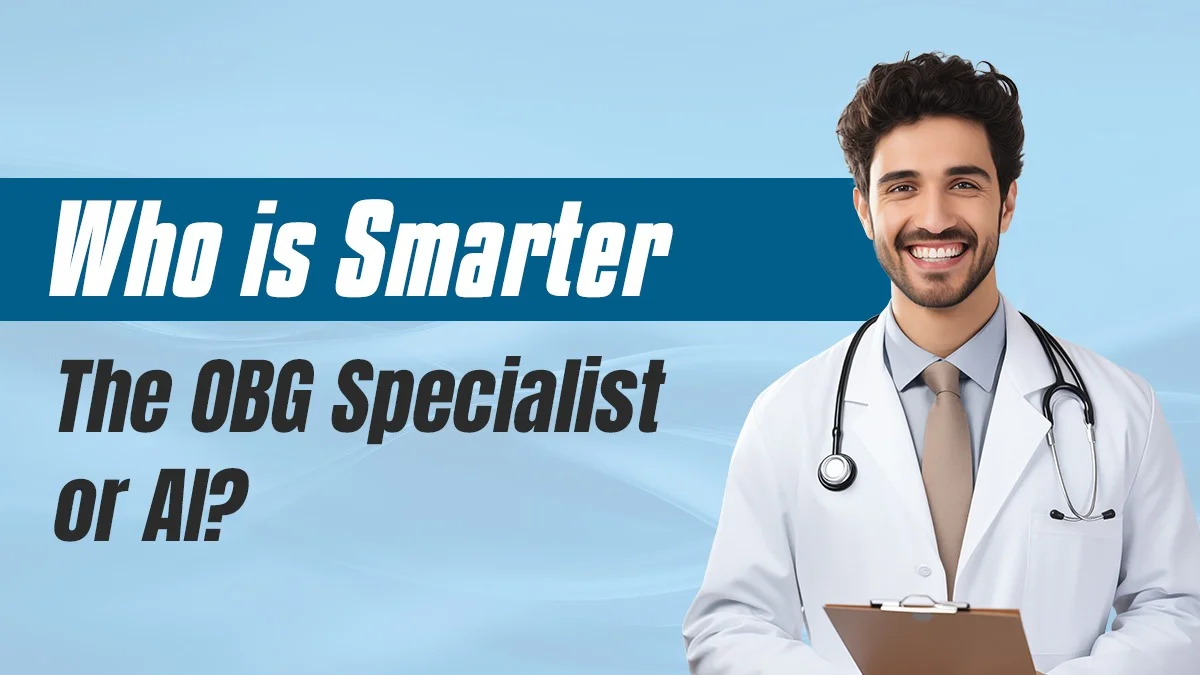Estimated reading time: 3 minutes
As artificial intelligence transforms the face of medicine, one question resonates louder than the rest: Can AI replace a human specialist in obstetrics and gynecology? It’s an electrifying argument—machine learning algorithms versus years of clinical experience, pattern identification versus intuition, and automation versus expertise.
AI can be dazzling, but on the nuanced subtleties and everyday issues of OB-GYN practice, it’s still learning what many experts already have at their fingertips.
The Rise of AI: An Important Tool, Not a Substitute
Artificial intelligence has held great promise across the field of OB-GYN practice:
- It interprets fetal heart tracings with high accuracy.
- It handles intricate imaging—ultrasounds, MRIs, pathology slides—with machine-level precision.
- It supports fertility planning and IVF decision-making with analytics.
But here’s the key: AI knows what it’s been taught. A specialist knows what they’ve lived.
What AI Lacks That OBG Experts Have in Abundance?
AI can scan thousands of images in seconds, but it cannot feel the weight of a mother’s worry or the urgency in a surgeon’s hands during an emergency cesarean.
An OBG specialist brings:
- Clinical Instinct: Constructed from decades of observing not only typical cases, but the unusual, the atypical, the borderline.
- Contextual Reasoning: AI parses data. A physician parses between the lines—past abuse, psychosocial considerations, cultural subtleties.
- Dynamic Decision-Making: In critical real-time situations, where milliseconds are crucial, experience beats code.
- Empathy and Trust: A machine can provide a plan. A physician explains it to a patient with reassurance and compassion.
- Let’s not forget: the vast majority of AI systems in OB-GYN were trained on data that was created, labelled, and verified by these very experts. AI is standing on their shoulders.
Why Human Intelligence Still Leads?
In the field of obstetrics and gynecology, the stakes are frequently high. It’s not merely a matter of diagnosis—it’s about bringing new life into the world, navigating delicate procedures, counselling through loss, and making judgment calls where protocols fail.
Consider radiological reading in OB-GYN, for example. AI can identify measurements and anomalies, but a qualified radiologist or OBG specialist reads stories behind those shadows—a miscarriage that was missed, a molar pregnancy, an anomaly. And they frequently catch what AI does not—because of rich experiential learning, one that has yet to be duplicated by any machine.
Conclusion:
In the end, we can conclude that no doubt AI is a powerful, precise and promising tool, but it’s a tool. It can support and help in the decision making, but it can not replace the depth of human judgment, the sense and expert experience. When it is put in the skilled hands of an OBG specialist, AI is more than mere code—it is a partner. It’s not man against machine; it’s how the two can complement each other to provide smarter, safer, and more empathetic care.


